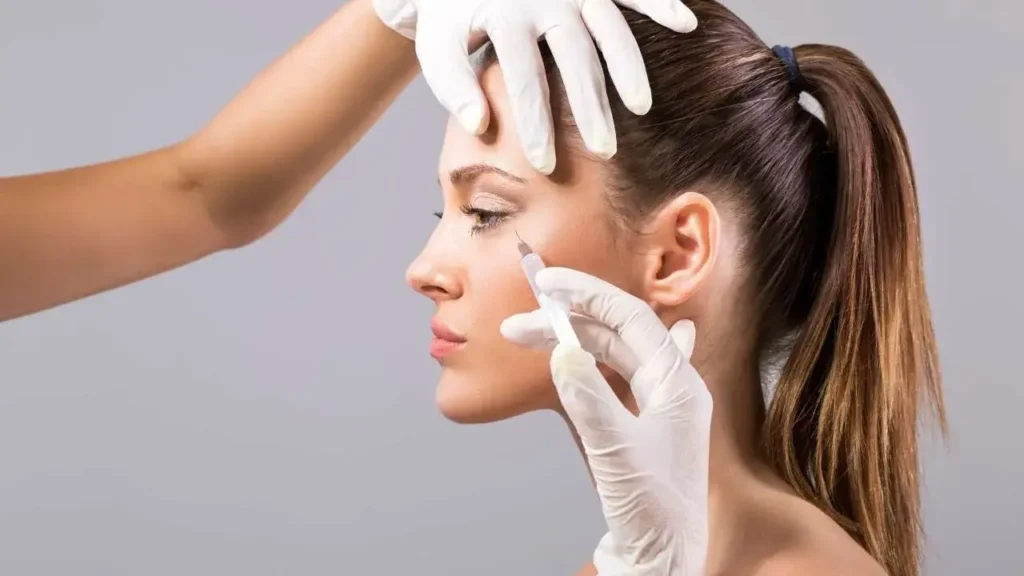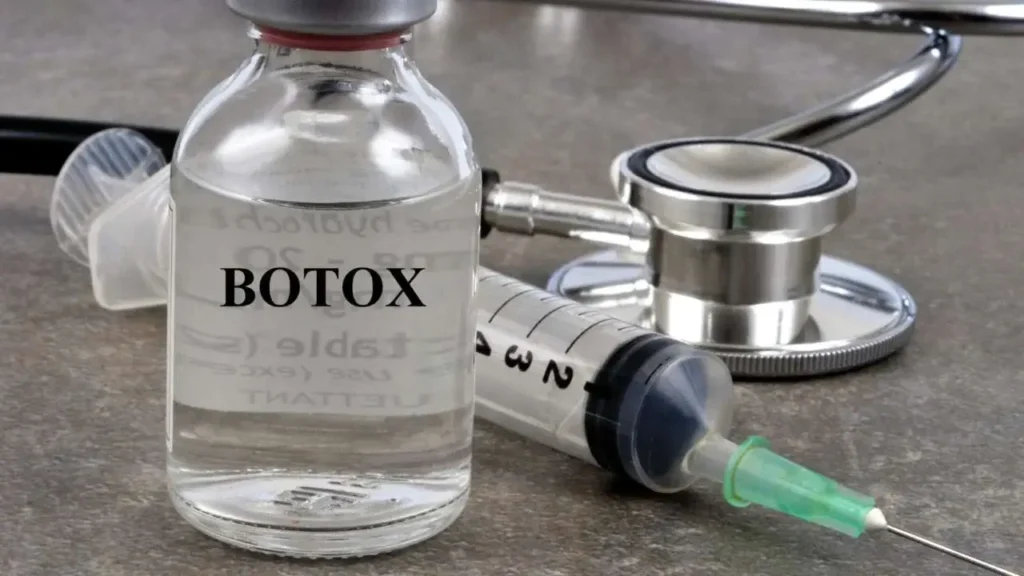Are you considering Botox but wondering how long its effects will last? Botox has become a go-to solution for reducing wrinkles and achieving a smoother appearance.
However, understanding the duration of its effects is crucial for planning your treatments and setting realistic expectations.
What Is Botox?
Botox is a cosmetic injectable derived from botulinum toxin type A, which temporarily relaxes muscles. When injected in small amounts, it blocks nerve signals that cause muscles to contract, resulting in smoother skin. By reducing muscle movement, Botox softens the appearance of dynamic wrinkles, such as frown lines, crow’s feet, and forehead lines.
Botox is FDA-approved for both cosmetic and medical purposes, but it’s most commonly used for aesthetic enhancements. While it provides effective results, the effects are not permanent, making it essential to understand how long each treatment will last.
How Long Does Botox Last?
Generally, the effects of Botox last 3 to 6 months, though this can vary based on individual factors. Here is a breakdown of what to expect from a typical Botox treatment:
- Initial Onset (1-3 days): The effects of Botox can start to become noticeable within a few days. You may observe a gradual reduction in muscle movement and smoother skin.
- Peak Effects (7-14 days): Botox reaches its full effect around 2 weeks after injection. At this stage, you’ll see the maximum smoothing of lines and wrinkles.
- Gradual Decline (2-4 months): After the peak, Botox effects begin to wear off gradually. Muscle movement slowly returns as the neuromodulation fades.
- Full Wear-Off (3-6 months): Around the 3 to 6-month mark, the effects of Botox will typically have worn off completely, and wrinkles or lines may start to reappear.
Factors That Influence How Long Botox Lasts
Several factors can influence how long Botox lasts. Understanding these can help you anticipate your results and make the most of each treatment:
- Dosage and Injection Technique: The amount of Botox injected and the precision of the injection technique can significantly impact the duration of results. An experienced injector will tailor the dosage and placement to your specific needs, ensuring longer-lasting and natural-looking outcomes.
- Metabolism and Lifestyle: Your body’s metabolism plays a role in how quickly Botox is broken down. Those with a faster metabolism may find that the effects wear off sooner. Lifestyle factors like stress, smoking, and excessive sun exposure can also speed up the breakdown of Botox in the body.
- Area of Injection: The location of the Botox injection affects its longevity. For instance, injections in areas like the forehead or crow’s feet tend to last longer than those in smaller, more mobile areas like the lips or under the eyes.
- Frequency of Treatments: Regular Botox users often find that their results last longer over time. Repeated treatments can help weaken targeted muscles, potentially extending the time between touch-ups.

How to Make Botox Last Longer
If you want to maximize the longevity of your Botox results, there are several strategies to consider:
- Follow Post-Treatment Care: After your Botox session, follow your injector’s aftercare instructions closely. Avoid strenuous exercise, hot environments (like saunas), and lying down for a few hours post-treatment to prevent the toxin from migrating.
- Consider Complementary Treatments: Combining Botox with other cosmetic procedures, such as dermal fillers, can enhance overall results. Fillers can address volume loss while Botox targets dynamic wrinkles, providing a more comprehensive rejuvenation.
- Stay Hydrated and Maintain a Healthy Lifestyle: Drinking plenty of water, maintaining a balanced diet, and managing stress can help your skin look its best and potentially extend the effects of Botox.
- Choose an Experienced Injector: The skill and expertise of your injector play a critical role in the effectiveness and longevity of your Botox treatment. Make sure you work with a certified and experienced professional to get the best possible results.
Read Also: How To Reduce Breast Size: Surgical And Non-Surgical Methods

Signs That It’s Time for a Botox Touch-Up
How do you know when it’s time for a Botox touch-up? Here are some common signs that your previous treatment is wearing off:
- Gradual Return of Movement: You may notice that the treated muscles are beginning to regain movement, leading to the reappearance of expression lines.
- Subtle Wrinkles Reemerging: Fine lines may start to reappear, especially in areas where the muscles are becoming more active again.
- Less Smooth Appearance: If you notice a decrease in the smoothness and firmness of your skin, it could be time to schedule your next Botox session.
To maintain consistent results, many individuals plan their Botox touch-ups every 3-4 months.
Comparison of Botox Longevity with Other Neuromodulators
Botox isn’t the only neuromodulator on the market. Other options, like Dysport and Xeomin, offer similar results but may differ slightly in terms of onset and duration:
- Dysport: Dysport has a faster onset than Botox, with results appearing in 2-3 days. It may be ideal for treating larger areas like the forehead, but its effects generally last around 3-4 months.
- Xeomin: Xeomin is often considered a more “pure” form of Botox because it doesn’t contain added proteins. This makes it a good option for those who have developed a resistance to Botox. Its effects typically last around the same 3-6 months as Botox.
Choosing the right neuromodulator depends on individual goals and the recommendations of your injector.
It’s uncommon but possible for Botox to last beyond 6 months, especially in patients who have had repeated treatments over time. However, most people find that 3-4 months is the average duration.
The onset of Botox cannot be significantly accelerated. However, being consistent with your treatment schedule can help maintain more stable results over time.
If you stop Botox treatments, your muscles will gradually regain their ability to contract as the effects wear off, and wrinkles may reappear. However, your skin will not become worse than it was before starting Botox.
Conclusion
The duration of Botox results can vary, but most people enjoy smoother, skin for 3-6 months. Factors like metabolism, lifestyle, and injection technique all play a role in how long the effects will last. By following post-treatment care instructions and working with a skilled injector, you can extend the benefits of your Botox treatments. For those looking to maintain a consistent appearance, scheduling touch-ups every 3-4 months is often ideal.
Ready to experience Botox’s rejuvenating effects? Contact our trusted team and take the next step toward smoother, more confident skin. Book your consultation now!


